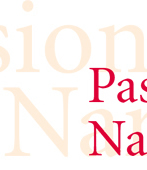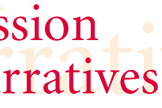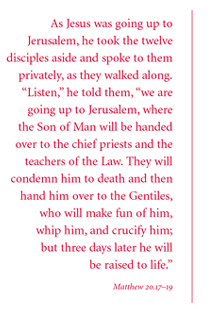






 Passion cycles
customarily include the key events that lead to Jesus’ Crucifixion,
starting with the Entry into Jerusalem and culminating in the Discovery
of the empty tomb. Sometimes the actual scene of the Resurrection is also
included, expounding the symbol of the empty tomb.
Passion cycles
customarily include the key events that lead to Jesus’ Crucifixion,
starting with the Entry into Jerusalem and culminating in the Discovery
of the empty tomb. Sometimes the actual scene of the Resurrection is also
included, expounding the symbol of the empty tomb.
Most of the works included in this exhibition are grouped around two seminal moments: the Flagellation and the Crucifixion. The image of Christ bound at the column, mocked by the crowd and whipped, gave artists the opportunity to portray his dignity and resignation as he fully accepts his fate. The complex symbolism of this representation builds toward the climactic scene of the Crucifixion, the central moment of the Christian story.
These works illustrate how artists, especially in the Renaissance and post-Renaissance periods, tended to use an established prototype for the portrayal of Christ. Whether he is part of a story or an isolated figure, Jesus is recognizable in virtue of his recurring facial features. Differences and variables, obvious over time and style changes, only contribute to emphasizing a certain “family air.”